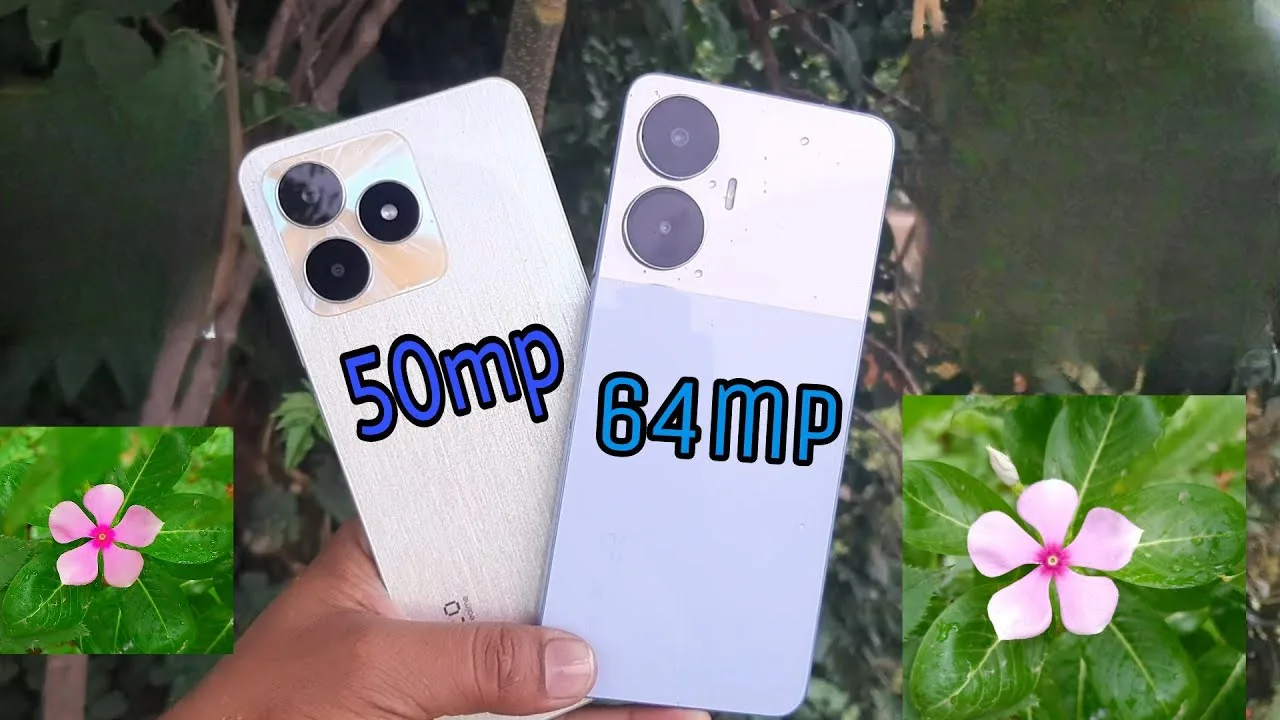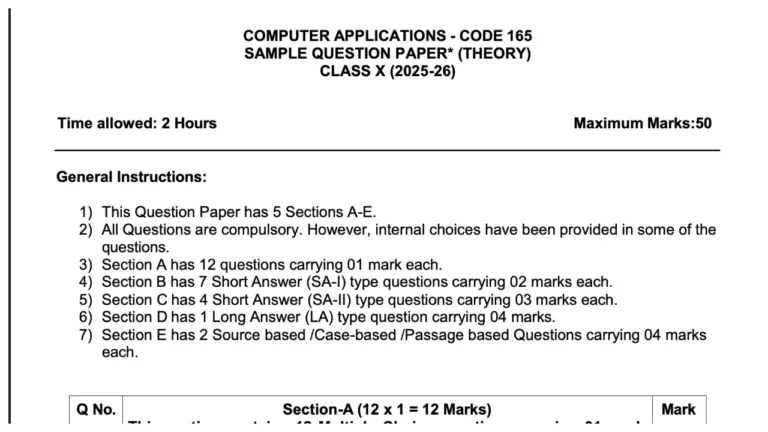50MP vs 64MP : Buying a new phone is, of course, an exquisite moment, not skipping the camera absorbing the sweet talk for a good part before suddenly flying. For someone who lives taking photographs of just about anything, one235 must have come across either 50MP or 64MP camera smartphones? But what does this actually mean? Simply put: is 64MP a better camera than 50MP? Plainly put, should you be able to decide what best works for you?
First, MP stands for megapixels. It tells you how many tiny dots (or pixels) were actually used to make a photo. More meaning more detail. That is why a 64mp camera can catch tiny details better than a 50MP one. But here come the twists-more megapixels may not really ensure good photos-shocking, but true.
That said, a very nice phone with an out-of-this-world 50MP camera must, for sure have, a well-functioning sensor, software, and AI to produce the most stunning photo quality. On the other hand, you can think of a certain phone carrying the name of 64MP; however, an inferior sensor and weak software, plus whatever negatives, can drag its already lesser image to nothing in comparison to a higher one with more megapixels.
By the way, unless you zoom into your picture or blow it up to large sizes, you will hardly notice any glaring difference between shots taken with a 50MP camera and those with a 64MP one. Both would show high sharpness, especially in good light. However, when it comes to low-light photography, it becomes less about megapixels and more about the camera’s software and sensor.
Now a 64MP picture occupies extra space. If your phone doesn’t have plenty of built-in storage, that’s something to consider.
This difference, from 50 to 64, is not just a difference in the numbers; the real difference in how a camera performs is right there in that zone. So, don’t just believe the megapixel count. Look for camera samples, read reviews, and find out what the phone can really shoot.
Sometimes at least, ‘less is more,’ and in the case of mobile camera science, this one surely does hold true.










